Implementation of New Processes and Procedures: BSBMGT516 Analysis
VerifiedAdded on 2022/11/25
|6
|931
|198
Homework Assignment
AI Summary
This assignment explores the implementation of new processes and procedures to facilitate continuous improvement within an organization. The student's work addresses key aspects such as setting expectations, providing feedback, and encouraging employee innovation for continuous improvement. Effective communication strategies, including transparency and timely information, are discussed. Coaching and mentoring are highlighted as valuable tools for enhancing employee skills and problem-solving abilities. The assignment also covers technological tools like Kanban and PDCA cycles for monitoring and reviewing improvements, as well as essential elements of customer service, including patience and clear communication. Furthermore, the document considers the drawbacks of not communicating outcomes to team members and the role of benchmarking in identifying improvement opportunities. The assignment references relevant literature to support its findings, providing a comprehensive overview of continuous improvement strategies.
1 out of 6
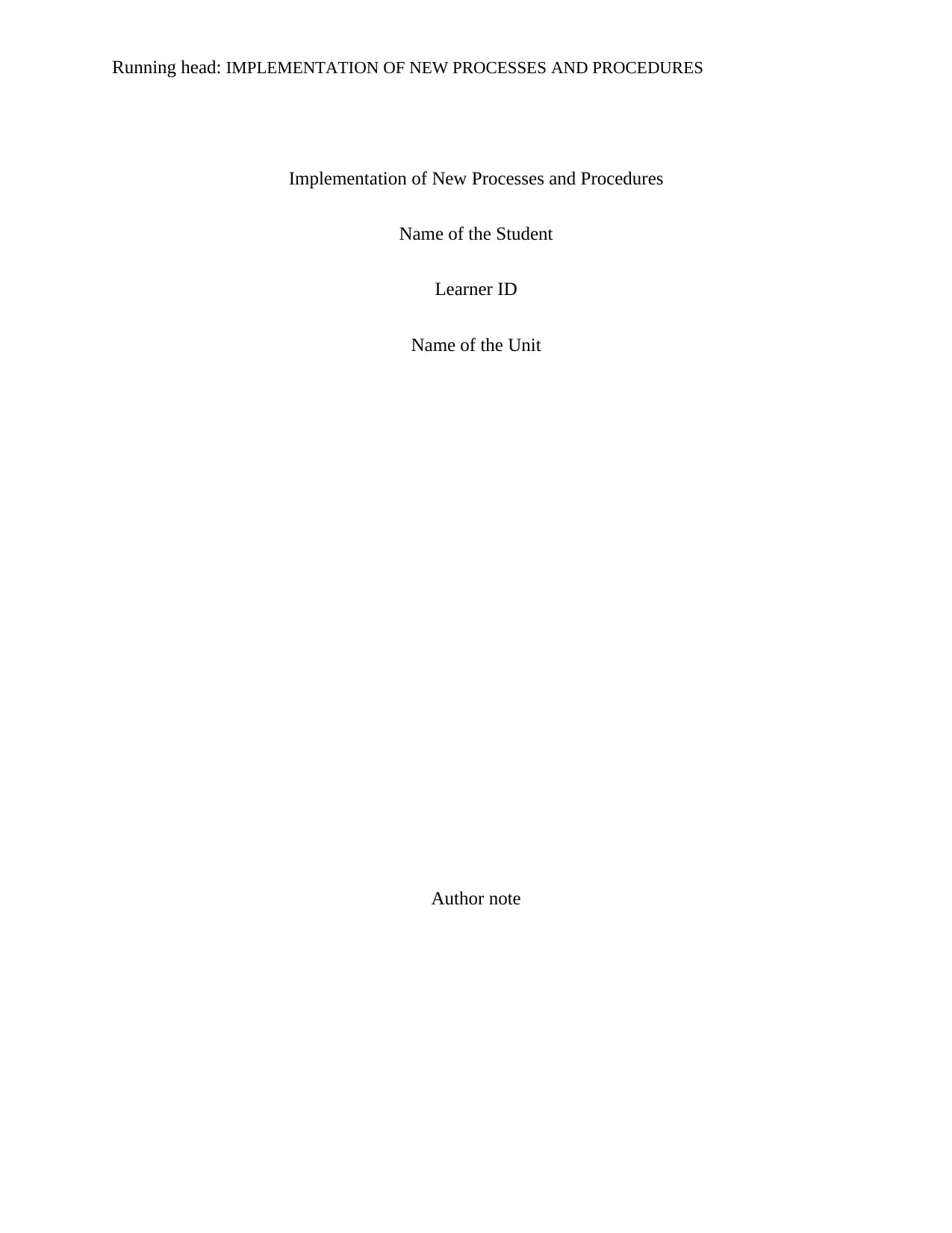
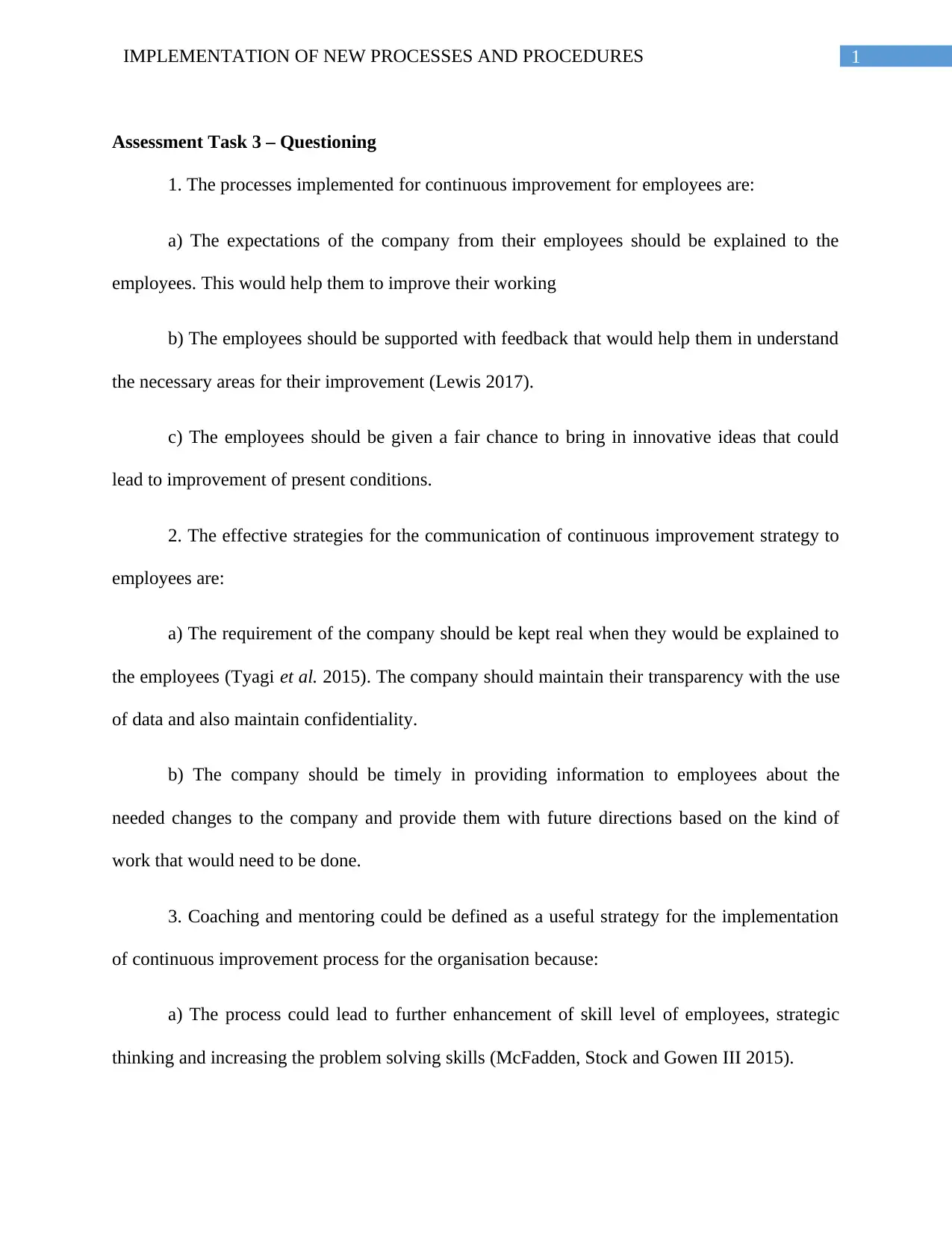
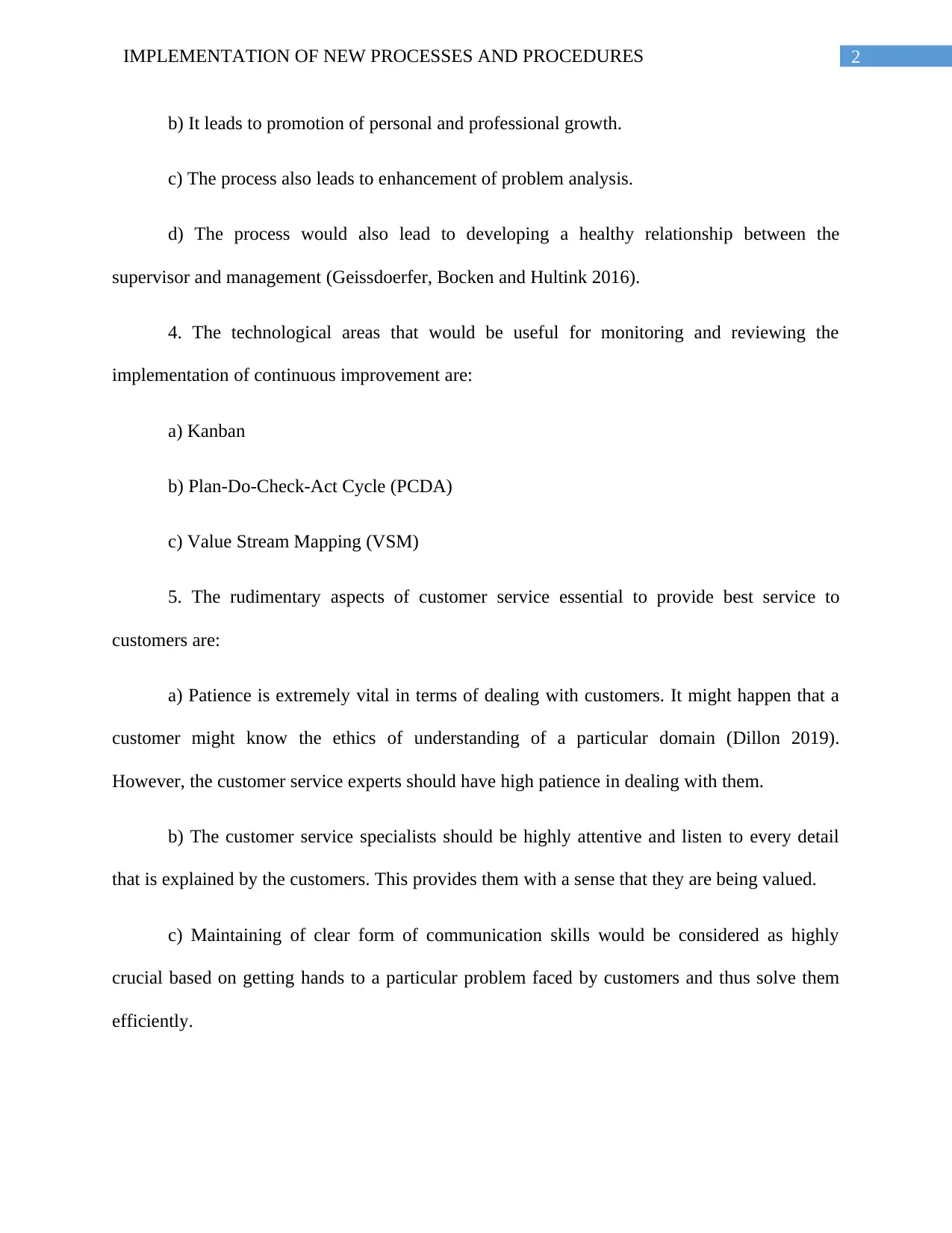

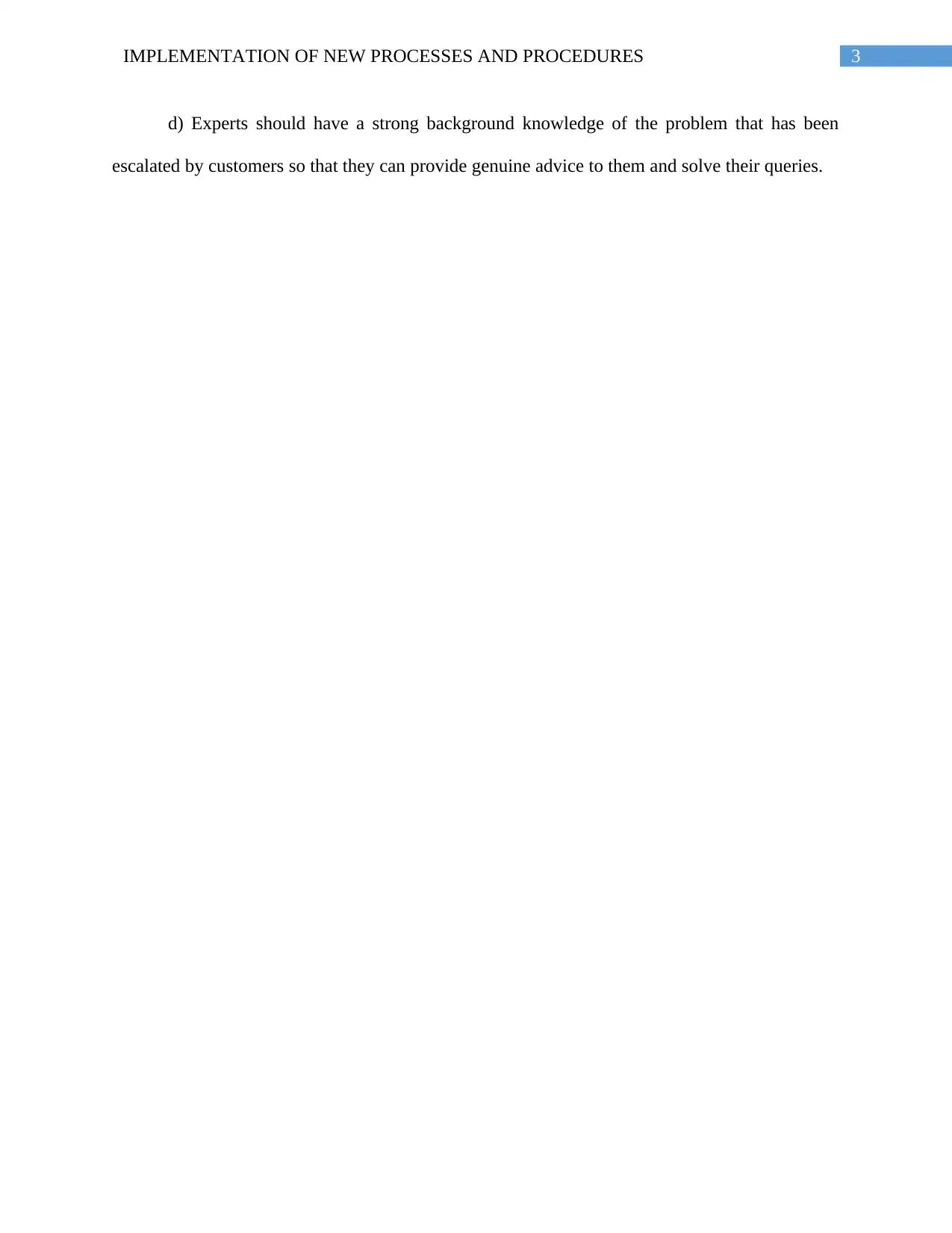
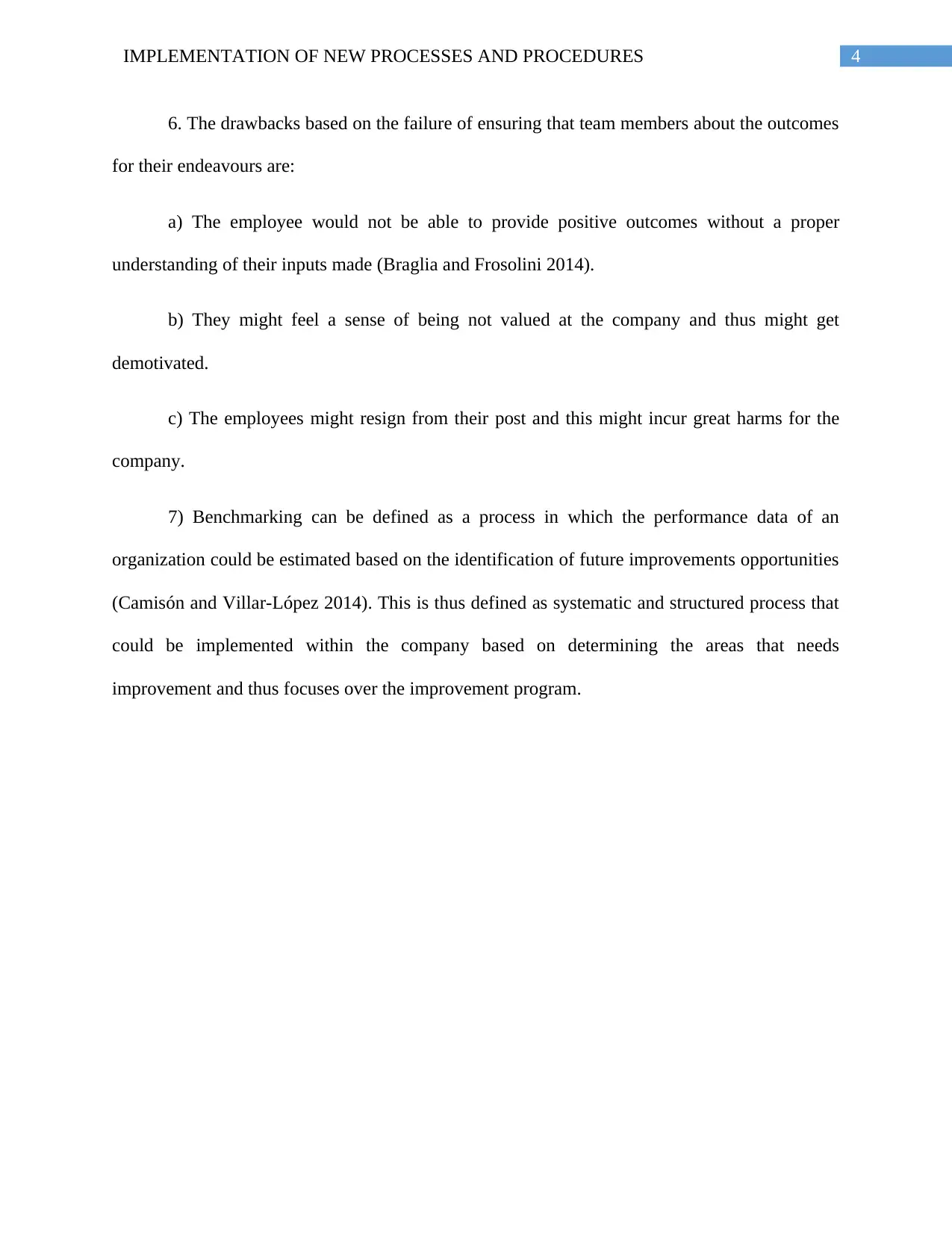
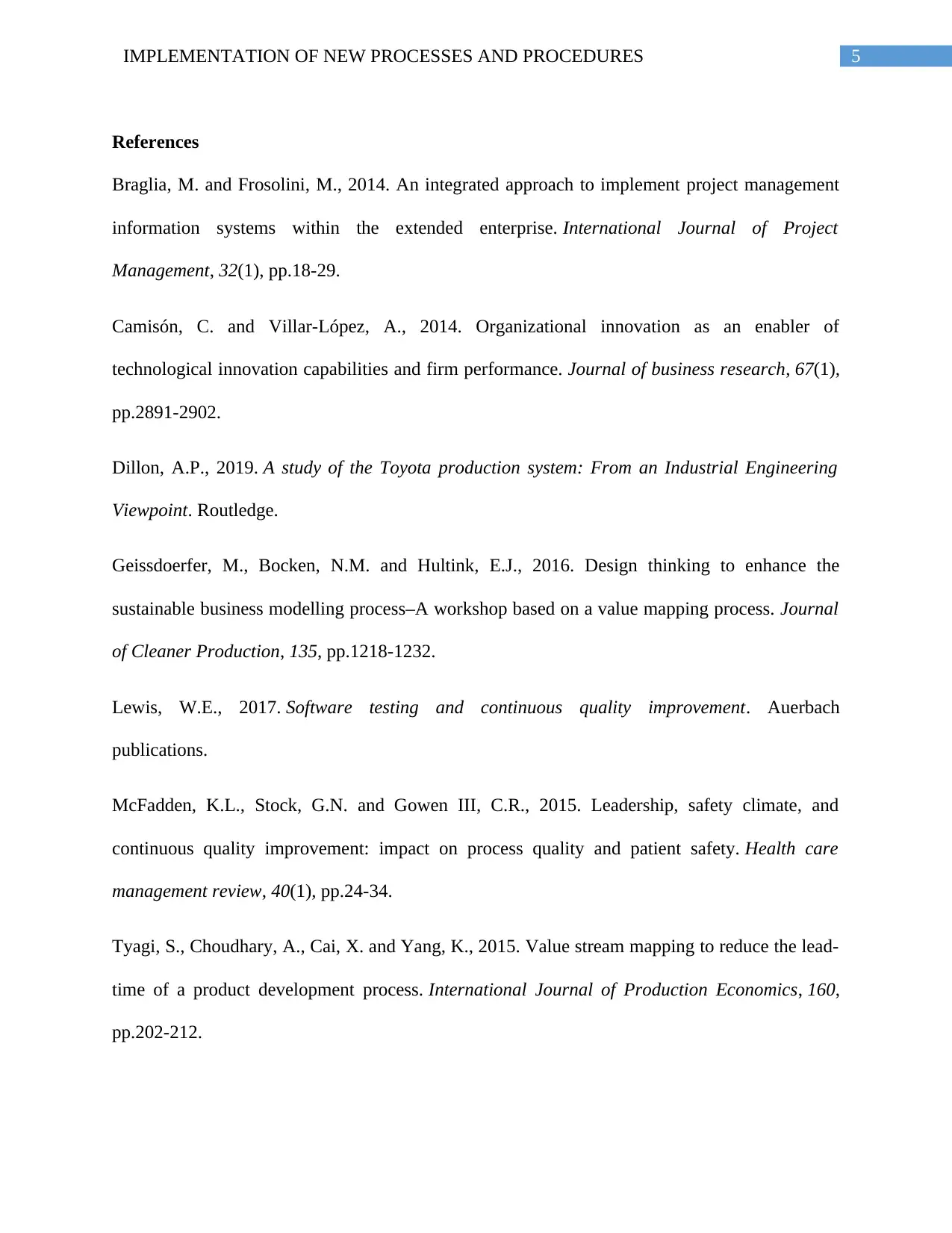






![[object Object]](/_next/static/media/star-bottom.7253800d.svg)